[Part 2] Canvassing with the Kamala Harris campaign in Phoenix, AZ
From the campaign office in Phoenix, we finally ventured into the streets of local communities, ready to connect with voters about the upcoming election.
This is the second installment of a small photo documentary series that offers an exclusive glimpse into canvassing efforts in Phoenix, Arizona, which took place last weekend when we joined the Harris Walz door-to-door campaign. If you missed Part 1, you can find it here. Thank you for reading.
Saturday. October 19, 2024.
Waking Up
We woke up bright and early, ready to start the day. I was grateful for the solid night’s sleep, knowing we’d be walking long hours under the Phoenix sun. But as I glanced out the window I saw a welcome surprise, an overcast sky and even a slight chance of rain. The morning air was calm and cool, offering a brief reprieve from the usual Arizona heat. It felt like a small blessing to start our day. We had friends doing their canvassing just a week prior under 100F weather. Ouch.
Timmy and I headed down around 7:30 a.m., earlier than our expected departure at 8:15 a.m., to enjoy some coffee and breakfast. A quiet feeling of anticipation filled the hotel lobby as volunteers slowly gathered, exchanging small talk and preparing for the day ahead. I was relieved to hear Timmy and I could stay paired up during our shifts. It made me a lot more comfortable, knowing we’d face this new experience together. Neither of us had canvassed before, so having my partner with me made the challenge feel more manageable.
As we waited for the bus, I made sure MiniVAN was ready to go on my phone, the app used for tracking canvassing efforts. It’s a simple but effective tool, connecting volunteers to a database of voters in real time. Once we got to the campaign office, we’d be assigned a list number, and the app would download the corresponding addresses, allowing us to log each house we visited, whether we dropped off literature, and what we learned about voters’ plans.
Our role in Phoenix wasn’t about persuasion. We weren’t knocking on doors to change minds but to ensure likely Democratic voters knew exactly how to cast their ballots and ensure their votes counted. It was about building confidence in the process and making sure nothing slipped through the cracks.
As more volunteers filled the lobby, conversations naturally turned to why we were there. It was inspiring to hear people’s stories, whether they were seasoned campaigners or first-timers like us. Some shared memories of canvassing in previous elections, while others spoke about their personal motivations for showing up this year. The stakes felt higher than ever. Timmy and I had both done campaign volunteering before, mostly around street outreach, postcards or phone banking, but we were definitely excited to knock on doors now.
The common thread was the belief that Kamala Harris represented real change, a candidate who understood the struggles of everyday Americans and could offer a path forward for the lower and middle classes. For many of us, it wasn’t just about policy, though her platform on healthcare, the economy, human rights, and climate resonated deeply, but about maintaining and safeguarding a sense of decency and competence to the presidency. I definitely felt an unspoken urgency in the air, like a shared understanding that we couldn’t let this moment slip away.

The bus departed on time, and we were soon on our way to the campaign office. Our bus captain, Christian, reminded us that in the last election, Biden won Arizona by just over 10,000 votes, about six votes per precinct. Six votes!
We were about to start a day of work, but it felt like more than that. We were playing a small part in what could be a big difference.
The Campaign Office
A short bus ride later, we arrived at one of the campaign offices in Phoenix. You could feel the excitement, the kind of energy that builds when you know you’re part of something bigger than yourself.
For me, this moment felt especially significant. Back in Los Angeles, the election had started to feel overwhelming, knowing what was at stake but feeling like I wasn’t doing enough. Since I just recently wrapped another contract at Disney, and was re-focusing on my photography work, the timing couldn’t have been more perfect. Now, stepping into this small office in Arizona, I felt ready to fight the good fight. And with Timmy always motivating me, I knew I wasn’t alone.
The office itself was unassuming, tucked away in a strip mall with no signage. You’d never guess it was a hub for a major political effort unless you knew where to look. Inside, we signed in, making it official. Other buses had also arrived from San Diego and Riverside.
Volunteers were split into two groups: those fluent in Spanish received packets targeting Hispanic voters, while the rest of us were assigned to English-speaking lists. Though I’m fluent in Portuguese and could probably manage in Spanish, I didn’t feel confident enough to discuss policy in a second language. Timmy and I stuck to the English line, and as we waited, the anticipation built. This was where our ideas about democracy would translate into action, knocking on doors and having real conversations with voters about the future of the country.
The process was smooth. With just a list number plugged into MiniVAN, our canvassing packets appeared on our phones, complete with names, addresses, maps, and a suggested script. It was all so efficient, I couldn’t imagine how this was done just a few years ago.
After a quick training on our canvassing process and receiving our packet, the campaign staff handed out Uber codes to make sure we could get to our designated neighborhoods easily. And just like that, we were off, ready to start knocking on doors.
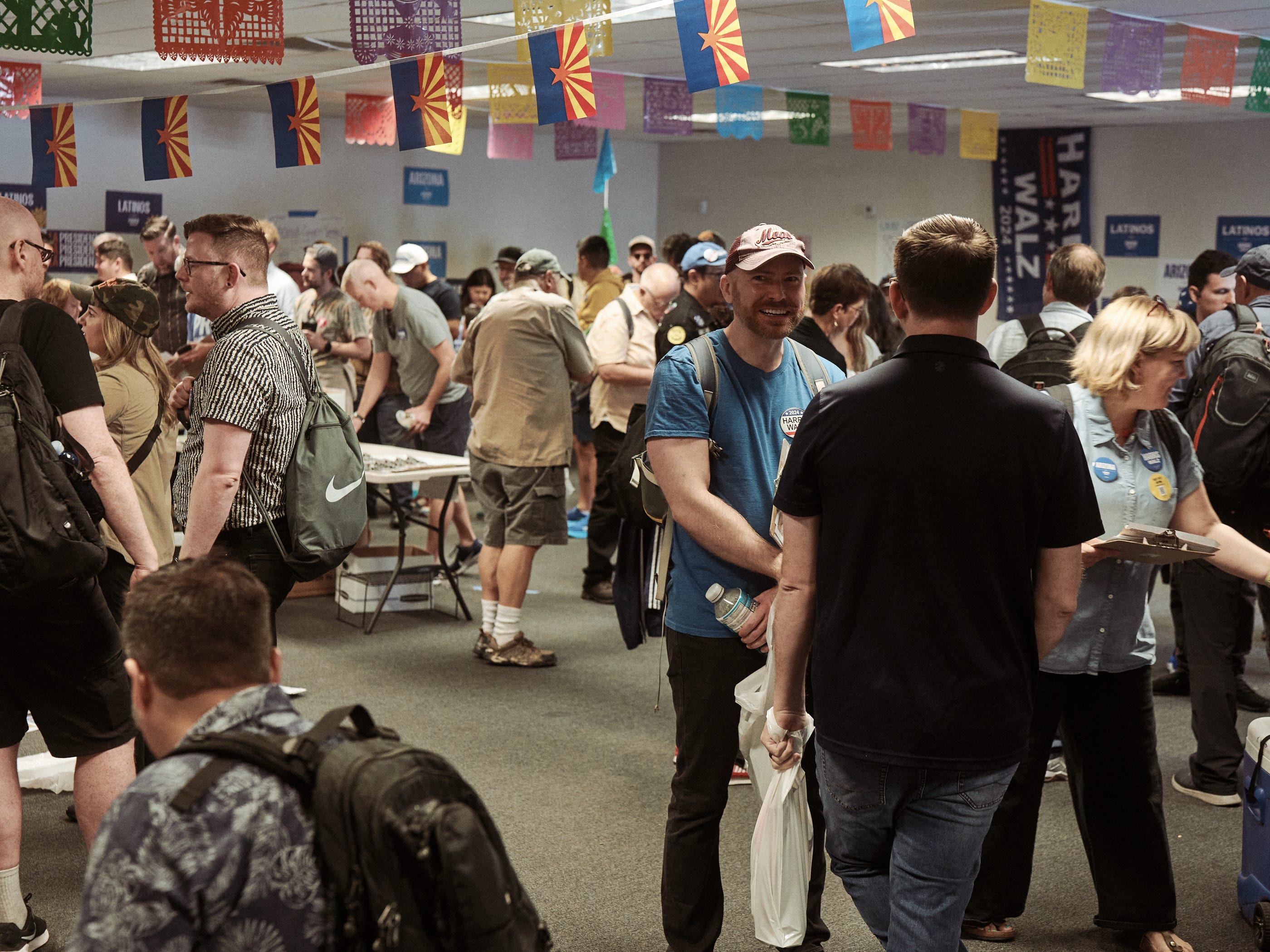
The Canvass
Let me start with a quick disclaimer: my focus on the first day was getting it right, saying the right things, tracking everything in the app. Because of that, I put my camera away. This wasn’t the time to document; it was time to figure out the process.
The neighborhoods we canvassed were clearly working-class, and it quickly became clear that the reality didn’t match what I’d imagined. In my mind, I pictured conversations at every door, but the truth was that most of the time, no one answered. Even on a Saturday, most people were either at work or avoiding the door, knowing we were probably canvassers. Sometimes, we could hear music or possible movement inside, but still, no one came to the door. The psychology of it all fascinated me.
![Nick, one of the canvassing volunteers, approaches one of the houses to connect with voters. [Photograph taken on Sunday, 10/20/24]. Photographed by Los Angeles portrait and documentary photographer Afonso Salcedo. Nick, one of the canvassing volunteers, approaches one of the houses to connect with voters. [Photograph taken on Sunday, 10/20/24]. Photographed by Los Angeles portrait and documentary photographer Afonso Salcedo.](https://substackcdn.com/image/fetch/$s_!n170!,w_5760,c_limit,f_auto,q_auto:good,fl_progressive:steep/https%3A%2F%2Fsubstack-post-media.s3.amazonaws.com%2Fpublic%2Fimages%2Ff1a71654-77a2-477a-97e3-c436f5947900_2800x2100.jpeg)
One of our first memorable interactions was with an older man working near his garage. Though English wasn’t his first language, he greeted us warmly and told us that his entire family had a plan to vote together. They were going to sit down, review the propositions, and discuss the candidates as a family. It was a sweet reminder of why we were there, to encourage conversations like this and ensure people felt confident in their vote.
Not everyone we spoke to was on our list, but we handed out literature anyway. As the day went on, we realized that, tracked or not, engaging with people was still valuable. It wasn’t just about logging data, it was also about motivating people to vote.
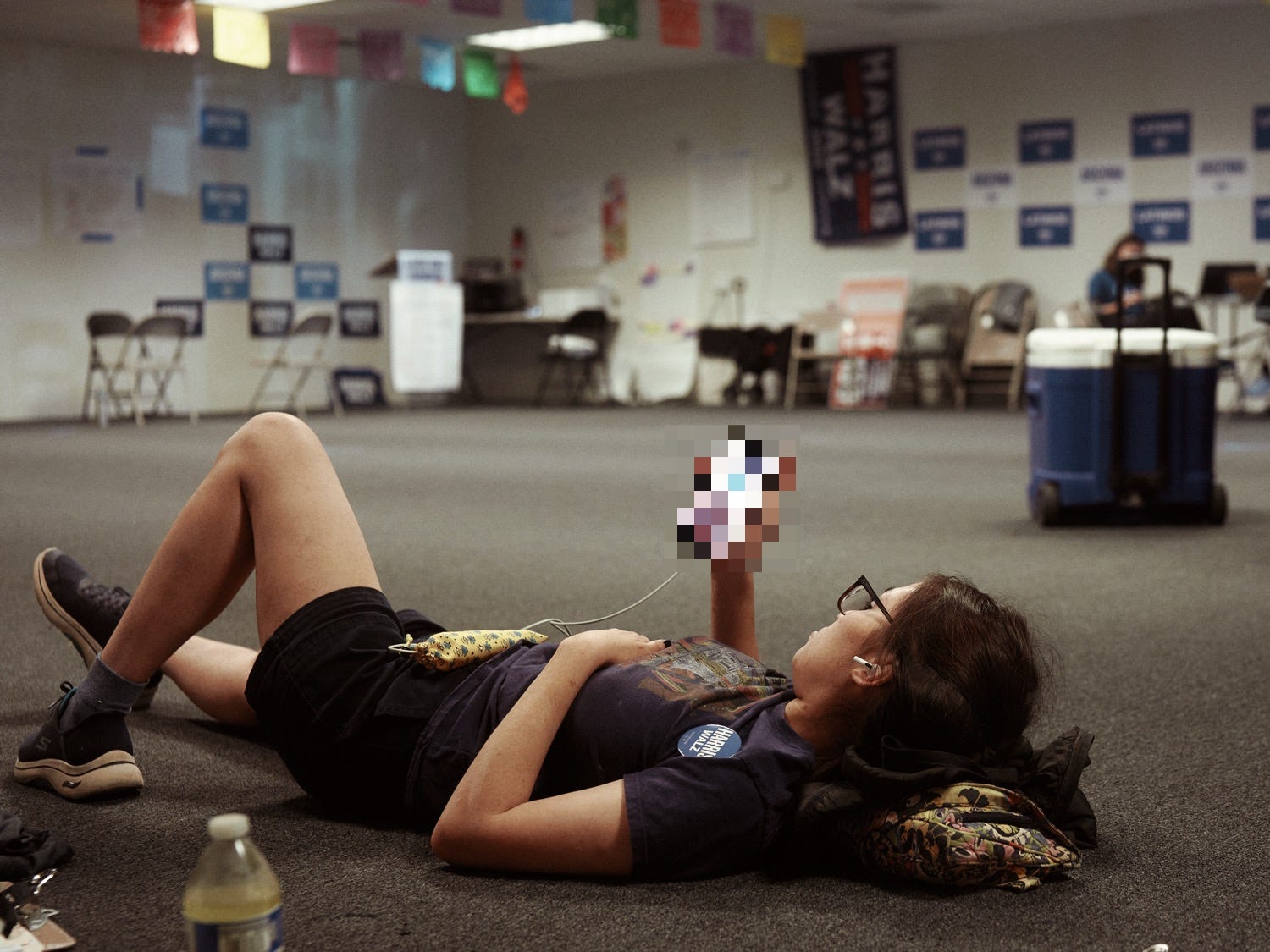
During a much-needed lunch break, we connected with other volunteers who had similar stories: lots of steps, few conversations. It definitely helped reframe our experience. Not going to lie, but we were feeling a bit saddened before we heard this was quite normal. Even one meaningful interaction could make a difference. That kept us motivated for our post-lunch shift.
In the afternoon, we had another memorable encounter. I’d already memorized the name of our next voter when I spotted him buying an elote from a street vendor. As I called his name, Timmy hesitated, warning me about a “No Soliciting” sign nearby. But it was too late, Juan had already turned around, smiling with his corn in hand.
I wished I’d had my camera ready at that moment. His kindness was infectious as he told us he had already filled out his ballot and voted for Kamala Harris. It was a sweet, simple interaction, but it captured the heart of what we were doing. His excitement, and his elote, were a perfect reminder of why we were there.
By the end of the day, we were tired but felt accomplished. Christian’s words from the bus stayed with me: six votes per precinct. If we had helped sway just one voter or ensured that one person got their ballot in on time, maybe, just maybe, it could make a difference.

Continue reading…
[Part 3] Canvassing with the Kamala Harris campaign in Phoenix, AZ
This is the third and final part of my three-part series recounting my experiences as a volunteer with the Kamala Harris campaign in Phoenix, Arizona. Thanks for reading, and I hope you found it both informative and inspiring. Part 1 and 2 are linked below.





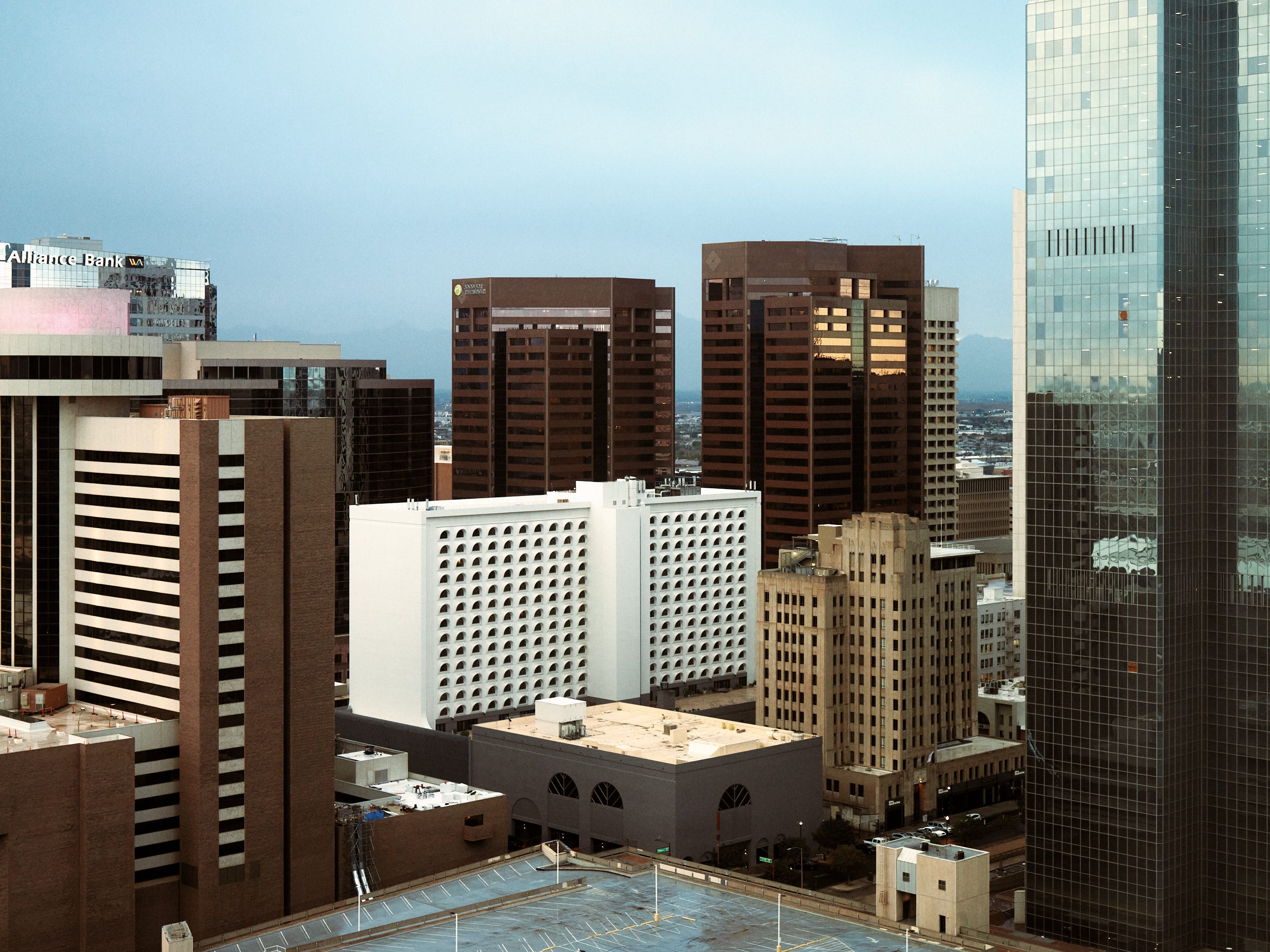
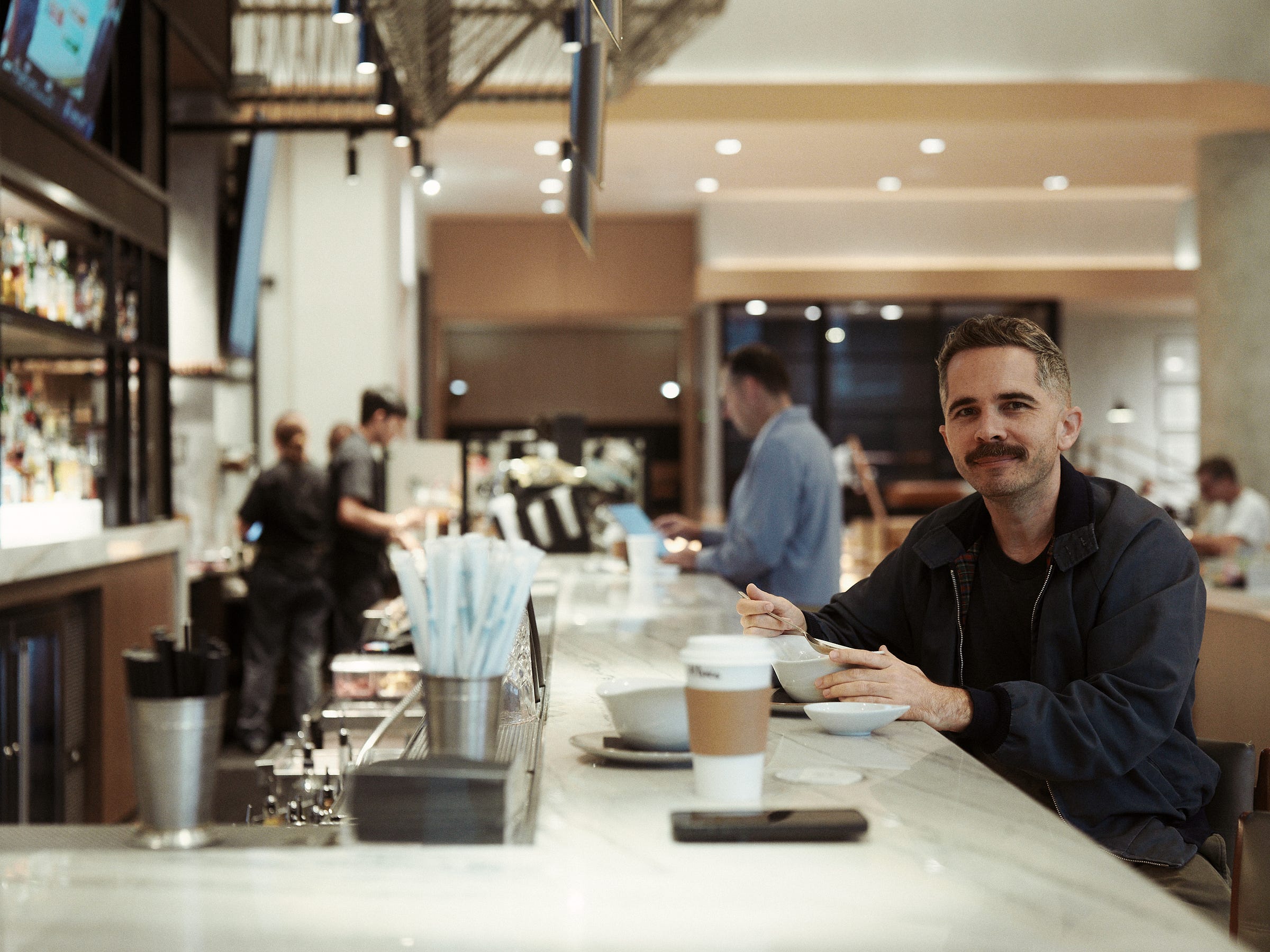

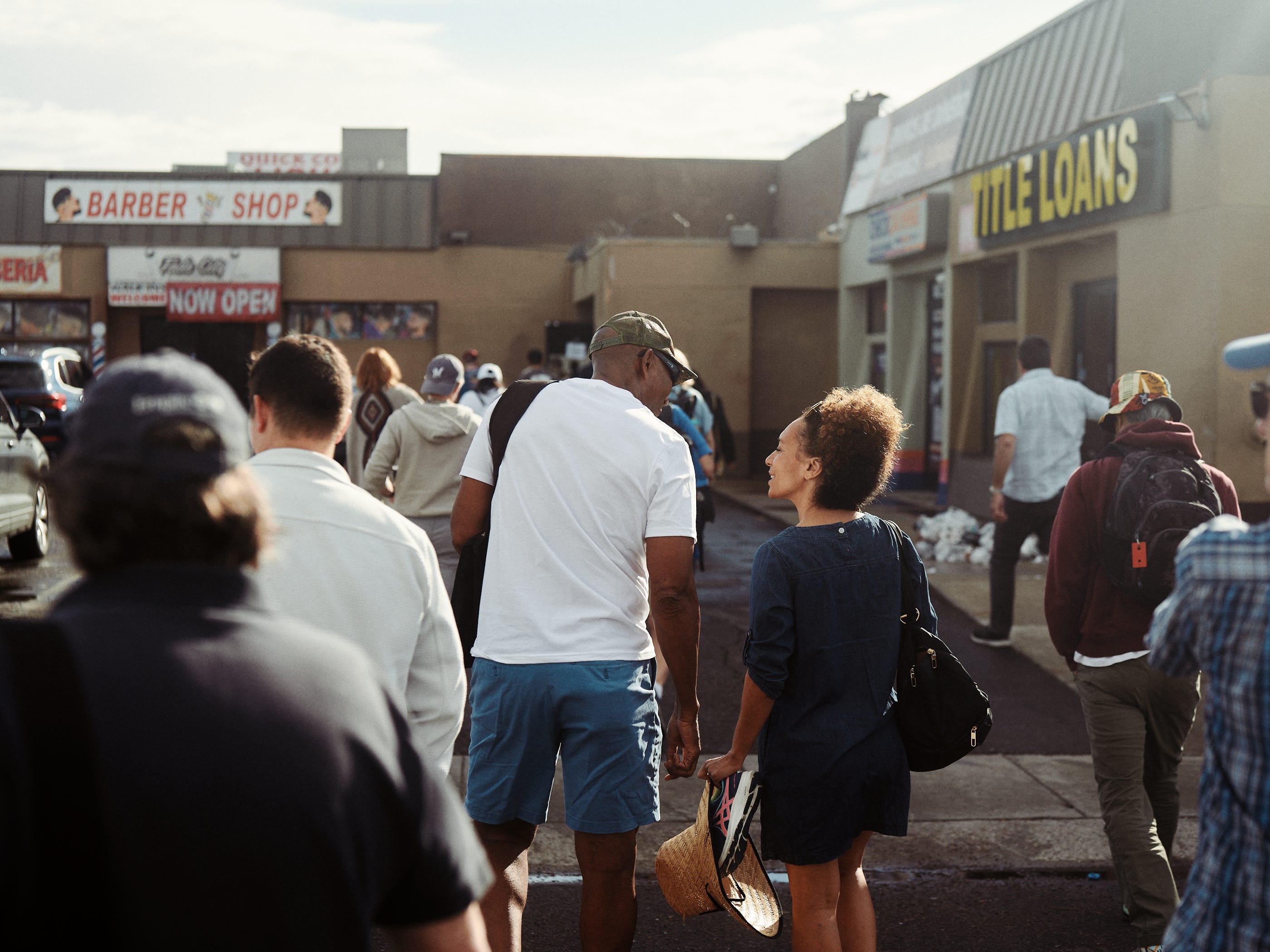

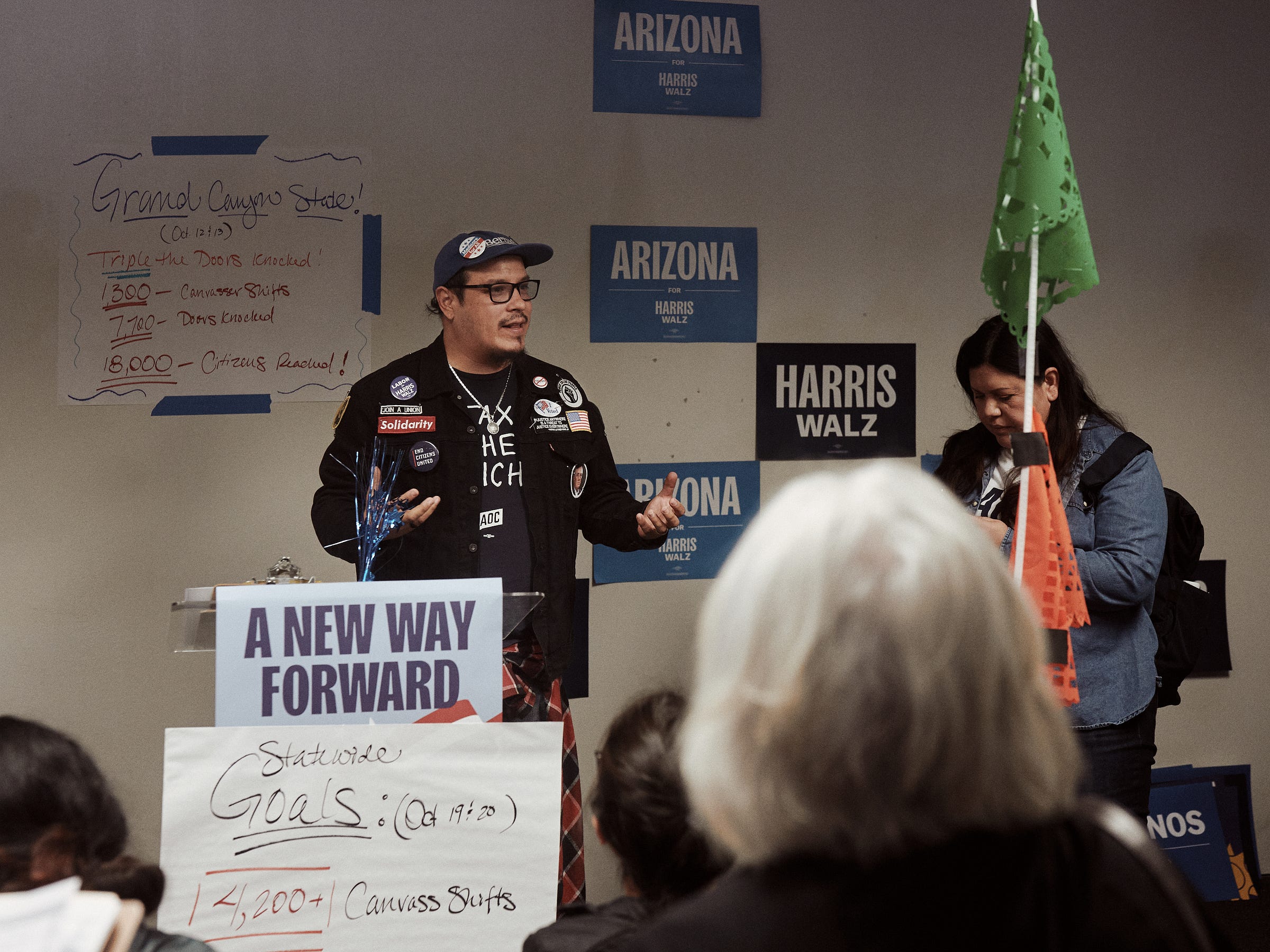
![[Part 3] Canvassing with the Kamala Harris campaign in Phoenix, AZ](https://substackcdn.com/image/fetch/$s_!PrZq!,w_280,h_280,c_fill,f_auto,q_auto:good,fl_progressive:steep,g_auto/https%3A%2F%2Fsubstack-post-media.s3.amazonaws.com%2Fpublic%2Fimages%2Fb4f641e4-b881-4cbc-a89d-e8aee0cad7ba_2800x2100.jpeg)
Thanks so much for sharing this - your wonderfully captured photos and words put me right beside you as you navigated your day with Timmy. Looking forward to part 3